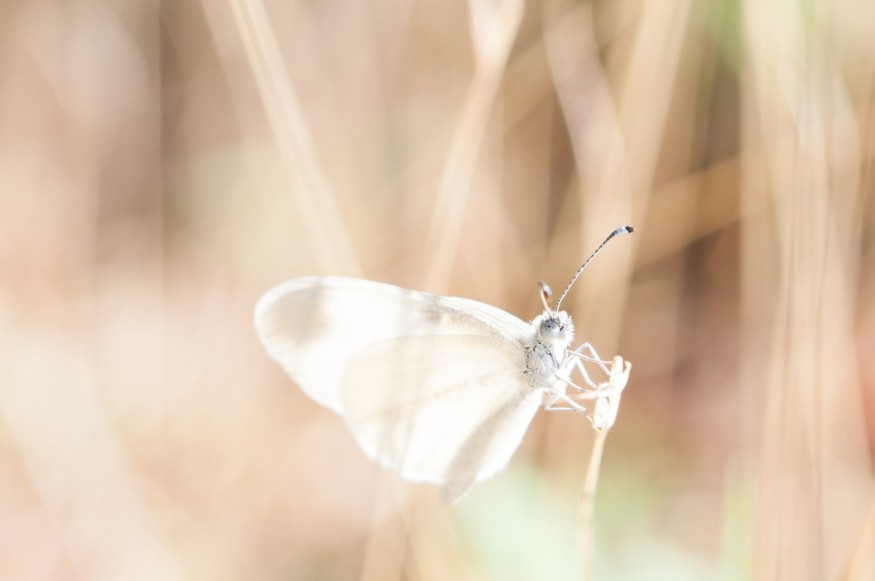Biologists have shed light on animal invisibility and its relation to evolution. Biologist Aaron Pomerantz had his first close encounter with invisible, clear-winged butterflies in a Peruvian rain forest and studied its various stages of pupal development in an effort to unlock secrets of 'invisible' animals.
Clear-winged butterflies of the species Greta oto, also known as the glasswing butterfly, inhabit Central and South American forests and have a 'remarkable means of camouflage', with their see-through wings that make them particularly hard to spot.

"It's like the power of invisibility," says Pomerantz, lead author of the recent study. "If you can put on an invisibility cloak, it's a lot harder for predators to find you. In ocean environments there are lots of transparent species, but on land it's much less common. And that really gets into the question of, 'What does it take to be transparent on land?'"
An adaptation that 'has evolved multiple times'
Pomerantz notes that although glass-winged butterflies represent only a small portion of the order Lepidoptera, "they make up most of the rare instances of such transparency on land."
On the other hand, researchers believe that transparency is much easier to achieve under water or in the ocean than on land, partly because of the visual and physical properties of water.
"You can think of it like having a piece of glass in water," says marine biologist Laura Bagge. "That environment is much more featureless than it is on land, and you don't have to deal with gravity. So most of these animals are some sort of watery, buoyant thing, without backbones or dense structures that are needed to survive on land."
In addition, having a transparent feature helps animals escape from underwater predators, unlike having opaque shapes that create silhouette and shadow against the light streaming down from above where the sun shines.
Also read : The World's Last Pink Land Iguanas
Animal transparency as a biological evolution
In the case of bioluminescent animals which inhabits the depths of the ocean where little or no sunlight penetrates, Bagge says they emit their own light.
Bagge began her fascination with animal transparency during a research cruise for her dissertation at Duke University, when she first encountered a shrimp-like crustacean, Cystisoma, which can grow as large as a human hand.
"It was hard, like a lobster, but it was a completely clear animal," she says. "They're so cool because they have a hard outer shell and are packed with muscle. How do you make that clear?"
She then discovered that its microscopic structures were similar to those on the wings of glasswing butterflies. These nanostructures seem to work like anti-reflective coatings in solar panels, glasses, and cameras.
However, in other times, Bagge says it actually helps to be opaque. This biological evolution can be seen in the octopus Japetella heathi and the squid Onychoteuthis banksii-have the best of both worlds.
"Most of the time they're going around clear," says Bagge, "but if a predator shines a blue light on them, they immediately switch to a kind of pigmented cloak that absorbs the light. If they were completely transparent at that depth, it would be like shining a flashlight on a window at night. You would reflect something back, versus absorbing light like black velvet in the night."
© 2025 NatureWorldNews.com All rights reserved. Do not reproduce without permission.





